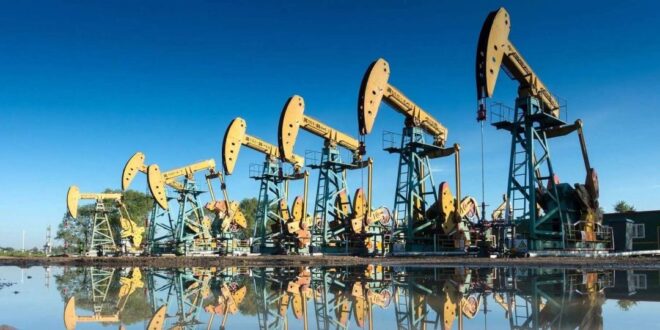Oil and gas industry leaders are confident in the long-term resilience of oil demand despite challenges from the energy transition.
This is the message coming out of the inaugural edition of the Energy Asia conference that took place this week in Malaysia.
“Energy transition is going to take a lot longer, it’s going to cost a lot more money and need new technologies that don’t even exist today,” Hess Corp. chief executive John Hess said, as quoted by CNBC.
“Liquids are projected to remain the world’s leading energy source in 2050, even as demand growth slows beyond 2025,” a senior Exxon advisor told CNBC.
“Overall, demand for liquids is expected to rise by about 15 million barrels per day by 2050. Almost all the growth will come from the emerging markets of Asia, Africa, the Middle East and Latin America,” Erin McGrath also said.
Earlier this week, the secretary-general of OPEC also demonstrated optimism, saying OPEC forecast oil demand to expand to 110 million barrels daily by 2045.
Unsurprisingly, Asia will continue to be the biggest driver of oil demand over the long term, with S&P Global’s Daniel Yergin saying that “This is the region where the growth in energy demand will be, and more to come.”
TotalEnergies’ Patrick Pouyanne agrees. “The demand is in Asia. The demand is here, you have 5 billion people moving population, [asking] for a better way of life. And so this is where we must look to the future,” he said, as quoted by CNBC.
Meanwhile, Aramco’s chief executive Amin Nasser pointed out the selective narrative of the energy transition.
“Existing transition policies rightly attempt to address environmental sustainability, but the equally critical issues of energy security and affordability are under-emphasised,” he said at the event, suggesting this would ensure the longevity of oil demand.

 Iran Energy News Oil, Gas, Petrochemical and Energy Field Specialized Channel
Iran Energy News Oil, Gas, Petrochemical and Energy Field Specialized Channel



